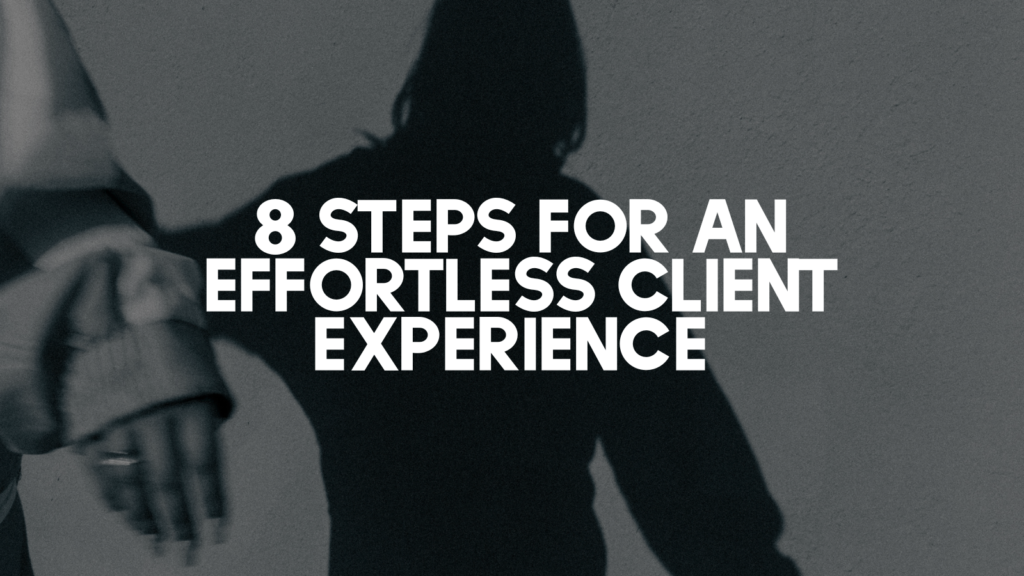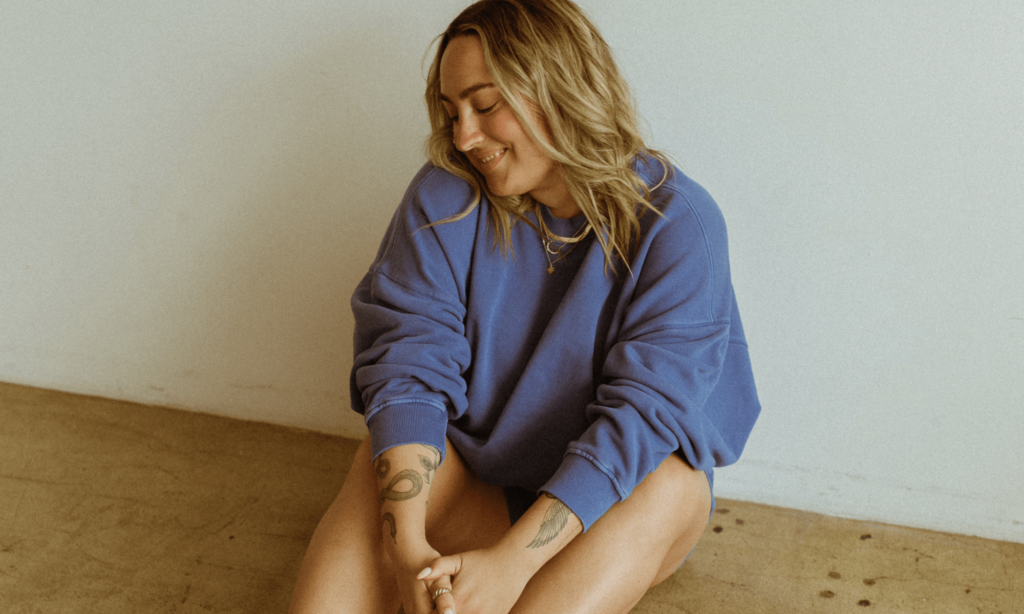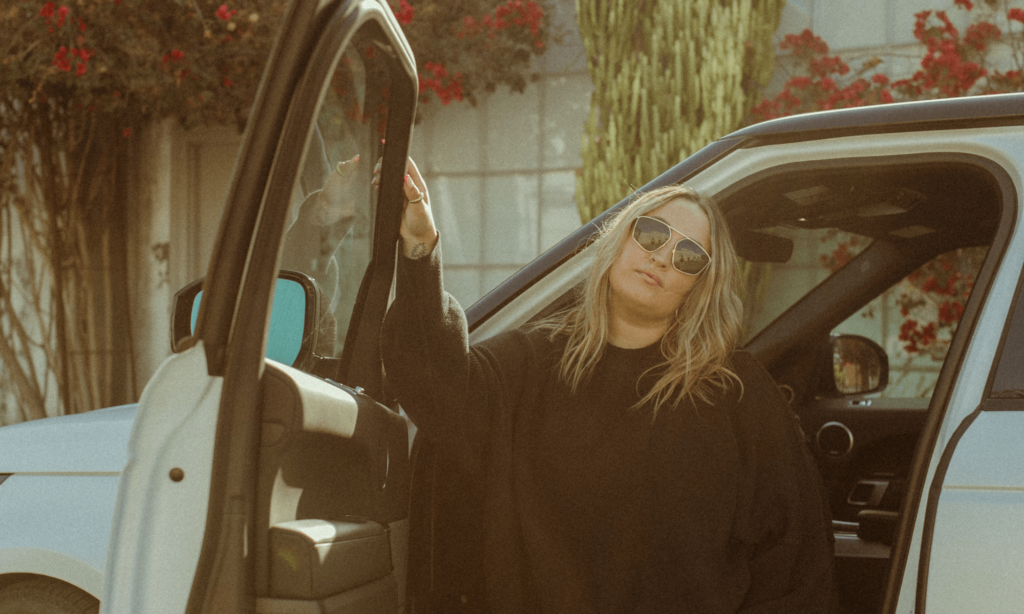Filed in:
last update:
Author:
Becca Luna
March 16, 2022
Here are the eight elements you need to know to build an effortless client experience for your web design business. Get noticed, get booked out, and start scaling to six figures with this guide.
You don’t do things by halves. So I don’t even have to ask why you clicked on this blog post.
To put it straight? You want to know how to build a successful website design business from the foundation, setting everything in place to scale with ease. From the way you engage with clients to the way you leave them feeling after your work is done, this is your ultimate guide to creating the biggest, boldest, most badass web design business.
Here’s what you’ll learn:
- Applications that convert
- Strategic sales processes
- Effortless onboarding
- Masterful design processes
- Streamlined deliverables
- Money-making project tracking
- Effective time blocking
- Unforgettable offboarding
And, of course, if you want to learn more about web design (or building a successful online business), check out our blog.

1. Applications That Convert
Client applications are a game-changer in the online service provider space. Applications do three main things:
- Prequalify leads
- Build your waitlist
- Act as a market research tool
So, now that you know what they can do, what makes an application good or bad? And what should yours look like anyways?
The best client applications are the ones that:
- Are under 10 questions (any more, and you’re making it so time-consuming you’ll turn them away)
- Feature questions that are clear and easy to answer
- Get leads excited to work with you through tone and reliability
I recommend including key questions such as:
- What is your business all about?
- What is your Instagram handle? So you can stalk their brand and cut out sales calls by connecting 1:1 and converting in the DMs.
- What draws you to my work? So you can understand if their desires and style are aligned with yours.
- Use a user-friendly interactive tool like Typeform
- Promise a reply from you within a few business days via a particular platform (I recommend Instagram voice notes)
Here are some more top-tier tips I recommend:
Share Your Pricing: This will negate any leads without the budget to invest in you to save you time and effort in the sales process.
Ask the Clients About Their Budget: This option is great if you have different offerings. After you ask them about their budget, you can tell them which packages would best suit them.
Showcase Tiered Priceless Packages: This choice allows the client to pick their favorite option without worrying about the price. That way, you can help them in the best possible way.

2. Strategic Sales Process
Before we talk about anything else. Here’s one thing I need you to internalize: Respond to all leads in under 24 hours.
They’re hot and ready to go, so you need to make them feel like your number one priority and seal the deal. I mentioned earlier that the Instagram DMs (and voice notes feature) is my go-to for skipping the drawn-out Zoom appointments and time-waster sales calls. Zoom and long Google Meet calls do not improve the effortless client experience you so desperately want!
Instagram voice notes are the ideal way to convert hot leads into dream clients. That’s because it:
- Puts you in control of the conversation, helping you close quicker (sometimes I can do this off the second voice note without a proposal!).
- Allows you to bring your excitement to the table with your voice.
- Establishes a more personal connection, helping to humanize you as a business owner.
- Encourages you to draw on the unique elements in their application to deliver a more personalized, authentic experience.
- Makes them curious, then leaves the ball in their court (especially when you end your voice note with a question to encourage them to respond).
Not sure what to say? Here are some phrases to get you inspired:
- “Are you ready to create your dream website?”
- “Let’s attract more of your dream clients”
- “You mentioned in your application your goal is to [XYZ] – I’m so ready to help you achieve this”
Whatever you do, don’t leave them hanging with the thought of going elsewhere. Be excitable, streamline the process, and keep the ball rolling.
Learn more about web design strategy (and how to source more clients) right here!

3. Effortless Onboarding
You got the “hell yes” from another dream project – now it’s time to get them settled. Onboarding is something nobody enjoys. But it doesn’t have to be that way. Here’s how I recommend making an effortless client experience through onboarding.
As a busy website designer, you haven’t got time to manually onboard your clients, so building out an automated, plug-and-play sequence from the start is critical.
Before you invest in a CRM like Honeybook or Dubsado, opt for a more unique and enjoyable onboarding experience. To achieve it, I recommend the following tools:
- Build out a templated onboarding sequence (like the example above) using Flodesk. Psst. You can get half-off Flodesk for life right here!
- Enable electronic contract signing using SignNow
- Sort your direct and secure invoicing using Paypal or Stripe.
- Help them schedule your first strategy or briefing session (even if it’s months in advance) using an appointment-booking tool like Calendly.
The best onboarding sequences feature at least the following two emails:
- A ’welcome’ email featuring a link to your electronic contract, invoice, and appointment scheduling.
- A ’get prepped’ email encouraging them to organize everything before the project commences such as:
- Purchasing a Showit (or website platform of choice) subscription
- Securing their domain
- Familiarising themselves with the process
- Organizing images and website copy (and dropping them into a central location, like a shared Asana board)

4. Masterful Design Process
In my opinion, the perfect design process goes a little something like this:
- An initial call to establish brand goals, expectations, and direction for branding.
- On that call, you’ll also arrange a strategy session for two week’s time.
- In that two weeks, you’ll immerse yourself in the branding process, developing a strong visual identity aligned with your client’s dreams.
- After you present their new branding, you’ll discuss the ultimate website strategy. You’ll move onto designing your client’s home page at this point.
- From the home page, the rest of the website will effortlessly flow – about, services, sales, contact, and mobile design.
- Finally, allow yourself a week to successfully execute the website launch, finalizing backend details like the keycode, domain, uploading copy, and blog content. You could even go above and beyond by creating social graphics ready for them to share when launch day arrives!
This is the step-by-step, failproof formula I use for every branding and website design client, whether it’s a VIP day or a full-out, month-long custom project.
If you’re new to web design or just want to better your skillset, then check out my CEO of Showit Course. Showit is like the Canva of web design; it’s easy to use, has advanced customizability, and can integrate with so many other tools. My course will walk you through how you can create top-notch designs from day one.

5. Streamlined Deliverables
Streamlining communications between you and your client is crucial to maximizing your time, efficiency, and income. It also makes for an effortless client experience. But when I first started? I had no clue how to do this. I was asking for content last minute, going back and forth with my clients, and looking like an unprofessional, frazzled, hot mess.
My secret to overcoming this? A shared Asana board (that you duplicate for each client) with a place for everything you could ever need from your client (and they could ever need from you). This could include things like a project introduction, branding information, page-by-page breakdown, and key backend details.
As you complete the branding and website, you could upload screenshots of the design for your client to leave feedback as you go. Spare yourself the headache of disorganization and treat every project to a streamlined process more organized than your Friday night charcuterie board.

6. Money-Making Project Tracking
10 one-off projects, five retainer projects, and one stressed-out designer. Project tracking is your savior when you’ve grown your business to booked-out status.
I’ve been managing 12 to 15 clients in one month alone, and couldn’t have done it without an Asana board to keep me on top of each project timeline. Because let’s be real, you can’t keep it all in your head.
Early on in my business, I established a board that enabled me to monitor each client’s status using a specific layout that moved them through the process.
It included statuses like:
- Onboarded
- Branding complete
- Website complete
- Launched
Depending on your unique process, this project pipeline may look a little different. But one thing remains the same: so long as you’re moving your clients along, you’ll stay accountable and never lose track again. Web designers that move their customers along are ones who have an effortless client experience.

7. Effective Time Blocking
Business is tough, babe. And without a little organization in your week, it’ll keep you on your toes and have you running on empty.
When you’re not focused on delivering an unforgettable design experience for your clients, you have legal stuff, accounting, launching, marketing, your health, and your personal life to manage.
That’s why I time (and day) block. I elect to spend an entire ‘CEO day’ dedicated to me and growing my business (not client work). Usually, I schedule this for Mondays, and it has been a game-changer as it enables me to have a three-day weekend and kick off the week with a growth mindset. I block out this day for getting creative, working on new offers, creating content, and diving deep into my goals. I avoid emails, don’t enter meetings, or allow clients to book me on these days to ensure I maximize my time.
I’ll then plan the rest of my four-day week, prioritizing projects based on where they’re at in the pipeline, ensuring no client’s work is left untouched.

8. Unforgettable Offboarding
Being the incredible designer you are, there’s no doubt you’ll leave every client better than when you found them. But after the magic has been delivered, it’s time to end the relationship (in the nicest way possible) and free your mind and heart for the next project.
Take this as a warning: Before I created an official offboarding process, my relationship with my clients dragged on, with them constantly messaging me, asking questions, and requesting additional out-of-scope changes. Without being harsh, I was ready to be done and dusted!
Jump back into Flodesk and create a template that packages up your work as much as it wraps up the relationship. This could include links to a Google folder with their brand details, training videos, a support group or helpline (if you offer it), and a link to provide a testimonial (like the example on the right).
End the relationship on a positive note like this, and your client is not only likely to return but refer you to more of the work you crave!
Want to learn more? Want to become not only a better designer but a better business person?

Well, I’ve got the perfect opportunity for you. My Wealthy Web Designer Course is full of everything I’ve learned since I started my web design business. Want to really learn the ins and outs of business, creating an effortless client experience, and making money? You can find out what my students are saying about it here.
Related
share this post:
8 Steps For An Effortless Client Experience – Freelance Web Design
Leave a Reply Cancel reply
Meet Becca Luna.
Success was never a question for me. Even after dropping out of high school and living the “digital nomad” lifestyle with absolutely no plan in place, I knew for a fact that there were big things waiting for me. When I found the online space in 2016, everything clicked. Starting as a VA, I finally found something that I could do while traveling the world (which is all I’ve ever really wanted out of life). But despite the fact that I was no longer tied down to a place of work, I was still limited in my income and feeling creatively unfulfilled. When I finally decided to allow myself to be the passionate creative that I am deep down, and took the plunge into the world of website design, everything changed for me. I work on my own time, with unlimited income potential, designing websites for passionate entrepreneurs, and I can teach you to do the same.
If you’re wondering where life could take you as a creative who feels allergic to the 9-5 lifestyle, I’d like to welcome you into my family. I gave a resounding “f*ck no” to the “traditional” a long time ago, and I’ve seen just how beautiful it can be when you chase your passions and turn them into massive profit.
150+ websites, 1,300+ students, and MILLIONS of dollars earned by my students… that’s a recipe for living a life that you’re excited to brag about.
High school dropout turned creative multi-millionaire.
Letting you in on the secrets to living your best damn life.
A place where turn into creative money-makers.
dreamers
START YOUR JOURNEY
A place where
turn into creative money-makers.
dreamers
Get the step-by-step lowdown on how to become a well-paid Showit Web Designer and build the online business of your dreams. Sounds too good to be true? Nah Fam, it’s just that good.
ENROLL FOR FREE
@iambeccaluna
Becca Luna is a free-spirited, anti-gatekeeping queen who teaches passionate people to turn their creative drive into a profitable online web design business. She’s helped thousands of entrepreneurs build the life of their dreams. Want to be next?
HOME
MEET ME
EDUCATION
resources
PORTFOLIO
Become a Wealthy Web Designer Today
podcast
Comments: